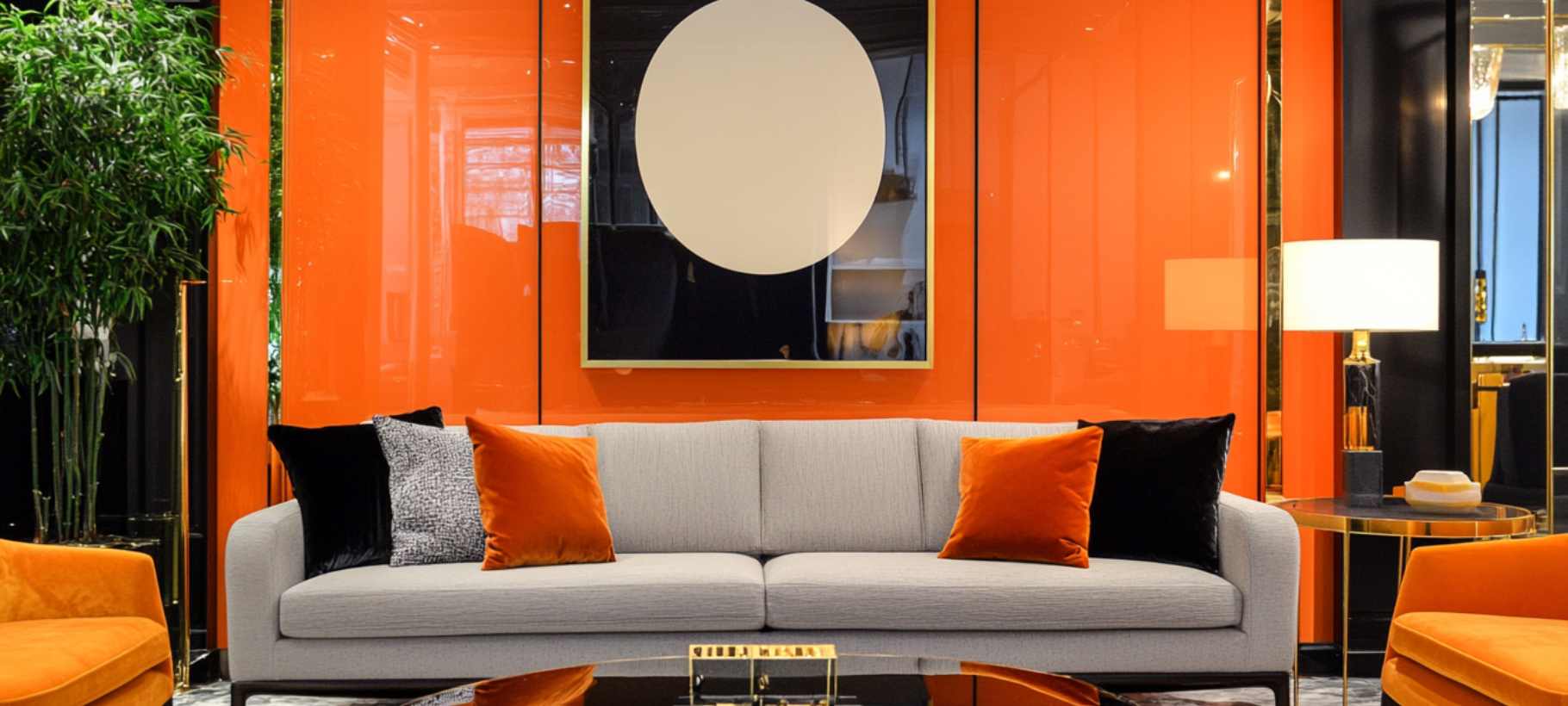Paneling Brings Depth and Character to Any Interior Design

Paneling has long been a staple in interior design, known for its ability to transform spaces and bring a sense of depth and texture. Whether applied to walls, ceilings, or even cabinetry, paneling offers a versatile design element that can adapt to numerous aesthetics, from classic to contemporary.
This blog explores how paneling not only enhances the visual appeal of any room but also provides numerous practical benefits. Join us as we uncover why paneling is becoming a trending choice for homeowners, interior designers, and architects alike.
Enhances Depth and Texture
One of the most attractive qualities of paneling is its ability to add depth and texture to interior spaces. Flat, empty walls can often feel lifeless and uninspired. Paneling introduces visual interest by breaking up large, monotonous surfaces. The resulting effect creates layers, making any room feel dynamic and full of personality.
Textured paneling, such as vertical or horizontal grooves, can elongate walls or ceilings, helping to create the illusion of space in smaller rooms. With proper lighting, features like raised patterns or subtle inlays further enhance the tactile experience of a room.
Complements Different Design Styles
Paneling is an inherently flexible design tool that works well with a wide spectrum of interior styles. For classic aesthetics, wainscoting or beadboard paneling can provide a timeless, elegant look. Adding intricate molding or subtle trims complements traditional or Victorian interiors beautifully.
For more modern or minimalist spaces, sleek and seamless paneling options in neutral colors offer sophistication and simplicity. If you’re leaning toward rustic or industrial, unfinished wood paneling can inject warmth and natural textures into the space.
This adaptability is why paneling remains relevant across evolving design trends. It serves as the perfect backdrop while still making a bold statement on its own.
Boosts Insulation and Acoustics
Paneling is more than just a decorative feature. It offers practical benefits, too. When installed properly, wall paneling can improve a room’s insulation by adding an extra layer of material that traps heat. This makes it an excellent choice for homes in colder climates or spaces where maintaining a warm ambiance is key.
Additionally, paneling materials like wood or cork aid in soundproofing. By absorbing ambient noise, it creates a quieter and more peaceful environment—an ideal solution for music rooms, home studios, or shared spaces where privacy is valued.
Easy Maintenance and Durability
Another advantage of paneling is its durability and relatively low maintenance. Many paneling materials, such as wood, medium-density fiberboard (MDF), or vinyl, are designed to withstand daily wear and tear. Panels are also easy to clean and maintain, making them a practical choice for homes with children or high-traffic areas like hallways and kitchens.
Over time, if damage occurs to certain sections of paneling, they can often be replaced individually instead of repairing or repainting an entire wall.
Eco-Friendly Options
Sustainability is becoming an essential consideration in modern design, and paneling offers eco-friendly solutions. Installing panels made from reclaimed wood or opting for materials sourced from renewable resources means you can enhance your home without compromising on environmental impact.
Additionally, many types of paneling are completely recyclable, offering mindful homeowners the chance to make greener choices for their interiors.




